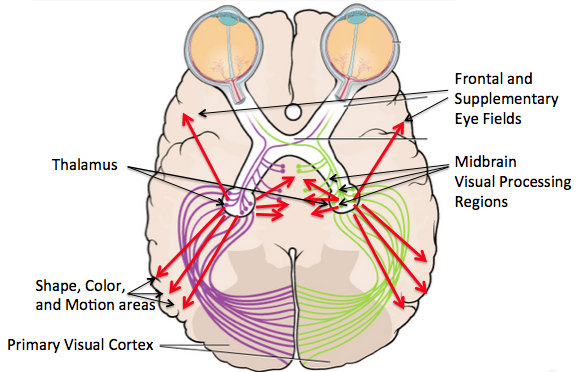It’s good the tools exist but it’s mostly pointless and causes things to get worse.
Out of sync is the norm, our brain modifies the sync, without it we’d be walking around continuously see things in real life, no computer involved, complaining about they are out of sync.
In sync is an illusion created in your brain.
Simpler sounds are processed faster and so are stored so “added latency” before being merged with images. Complex images are processed slower so similarly latency is added in our brains.
Our eyes are continuously moving but the non-changing part of the image are ignored and made to be “static” and we see movement as the difference between images.
Reality is an illusion created in our brains to survive, what we see is older than real than what we hear.
We also “see what we want to see” in that the raw image from the human eye is too complex to process. It is pre-processed in the thalamus where the impact of threat is assessed, then the most threathening parts are sent to the visual cortex who then selects which part it wants to see, then the thalamus sends that subset back.
So depending on how you feel about the image, impacts what you see.

So someone’s expectations of music, their expectation of the corresponding images, impacts the processing speed so latency is unique to the person.
One way to prove this to yourself is watch someone speaking in real life, then pretend it’s being watched through TV, then ask yourself if the sound is in sync with the image. You can pretty easily convince yourself the sound is out of sync…
And before I drop this topic, explain why you don’t actually hear an echo when you hear a sound near you, the sound arrives in one ear before the other ear, but you do not consciously detect that, because the latency is hidden from your consciousness you just “know” the sound is on the left or right.
 https://forumus-uploads-production.s3.dualstack.us-west-2.amazonaws.com/original/3X/6/3/630425dd9889b6a43590816327218a340e95356b.png
https://forumus-uploads-production.s3.dualstack.us-west-2.amazonaws.com/original/3X/6/3/630425dd9889b6a43590816327218a340e95356b.png




